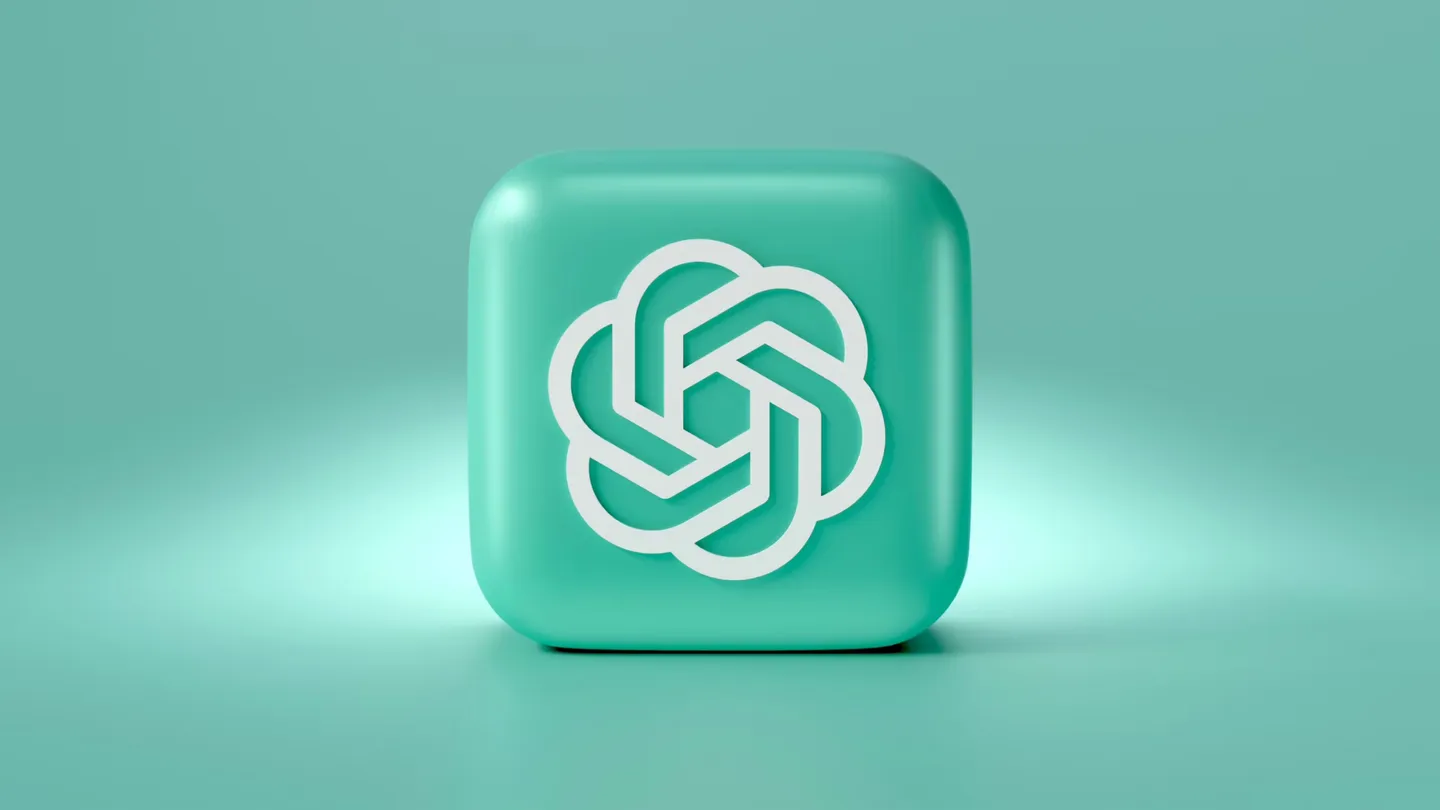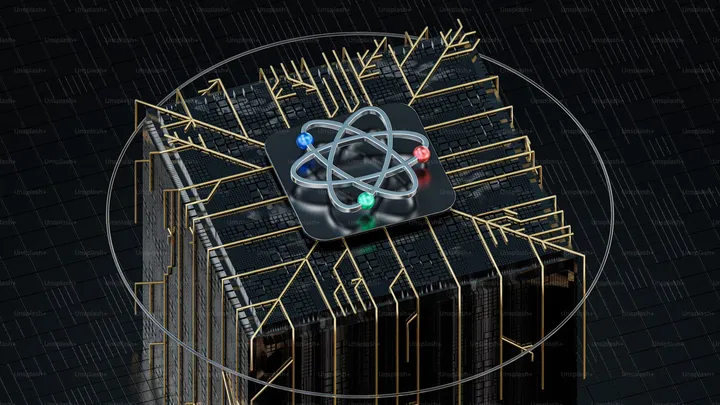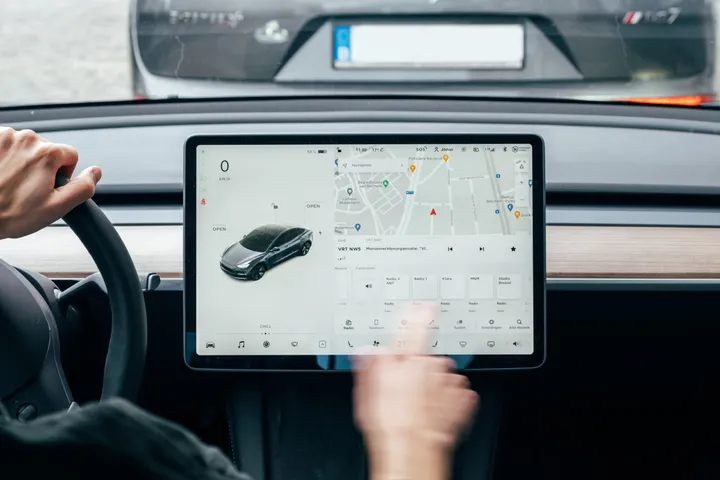
The AI landscape has witnessed rapid advancements in recent years, with OpenAI at the forefront of innovation. The anticipated release of GPT-5 is already generating significant buzz, and for good reason.
Building on the groundbreaking capabilities of its predecessors, GPT-5 is expected to bring transformative changes to the AI industry. Here’s why this next-generation model could be a game-changer.
Enhanced Natural Language Understanding
GPT-5 promises to set a new benchmark in natural language understanding (NLU). Leveraging a larger and more diverse training dataset, GPT-5 is designed to comprehend nuanced language patterns, idioms, and complex sentence structures more effectively than ever before. This enhanced understanding could lead to more accurate translations, better contextual responses, and improved sentiment analysis—paving the way for AI applications in customer service, education, and beyond.
Superior Multimodal Capabilities
One of the most anticipated features of GPT-5 is its multimodal capability. Unlike GPT-4, which began exploring text and image integration, GPT-5 aims to seamlessly process and generate outputs across multiple data types, including text, images, videos, and possibly even audio. This breakthrough could revolutionize industries like media, design, and entertainment, enabling AI to create cohesive and contextually rich outputs from various input sources.
Greater Efficiency and Scalability
GPT-5 is expected to deliver enhanced computational efficiency, making it accessible to a broader audience. OpenAI’s advancements in model architecture and optimization techniques aim to reduce the computational resources required for both training and deployment. This efficiency could democratize access to cutting-edge AI, allowing startups and smaller organizations to leverage its power without incurring prohibitive costs.
Improved Ethical AI Features
With growing concerns about AI safety and ethical considerations, GPT-5 is being developed with robust safeguards. OpenAI is focusing on minimizing biases, reducing harmful outputs, and improving the explainability of the model’s decisions. These features are critical for fostering trust and ensuring the responsible use of AI in sensitive applications like healthcare, law, and education.
Revolutionizing Personalized Experiences
The personalization potential of GPT-5 is immense. Its ability to analyze and adapt to individual user preferences could redefine sectors like e-commerce, content recommendation, and virtual assistance. Imagine virtual assistants that understand your tone and preferences, or e-learning platforms that tailor content dynamically to your learning style. GPT-5’s capabilities could make these scenarios a reality.
Accelerating Research and Development
Researchers and developers stand to benefit significantly from GPT-5’s advanced capabilities. Its ability to generate code, simulate scenarios, and provide in-depth insights could expedite R&D efforts across industries. For instance, scientists could use GPT-5 to draft research papers, analyze complex datasets, or even hypothesize solutions to challenging problems.
A Paradigm Shift in AI
The release of GPT-5 could mark a paradigm shift in how AI integrates into our lives. By combining enhanced natural language processing, multimodal capabilities, and ethical safeguards, OpenAI is setting the stage for a more intelligent and responsible AI era. As GPT-5 becomes a cornerstone for innovation, it could unlock possibilities that redefine industries and improve lives globally.
While the excitement is palpable, the true impact of GPT-5 will depend on how it is deployed and adopted. As we stand on the brink of this AI revolution, one thing is certain: GPT-5 has the potential to shape the future of technology in unprecedented ways.


